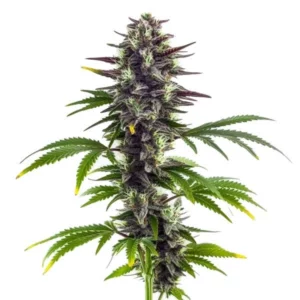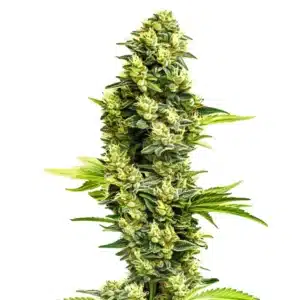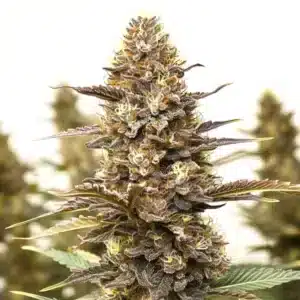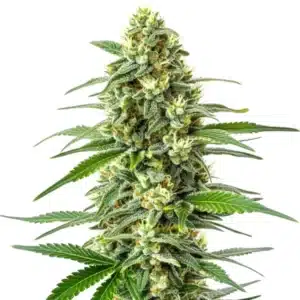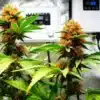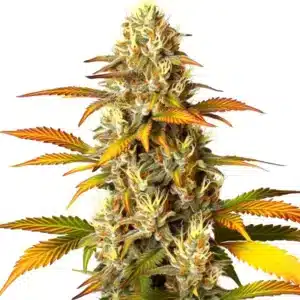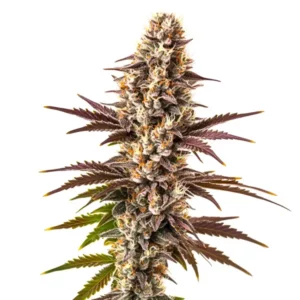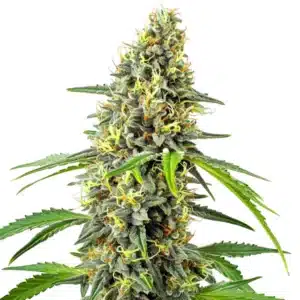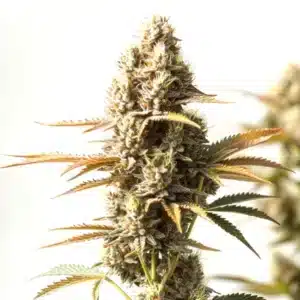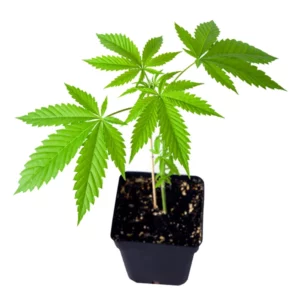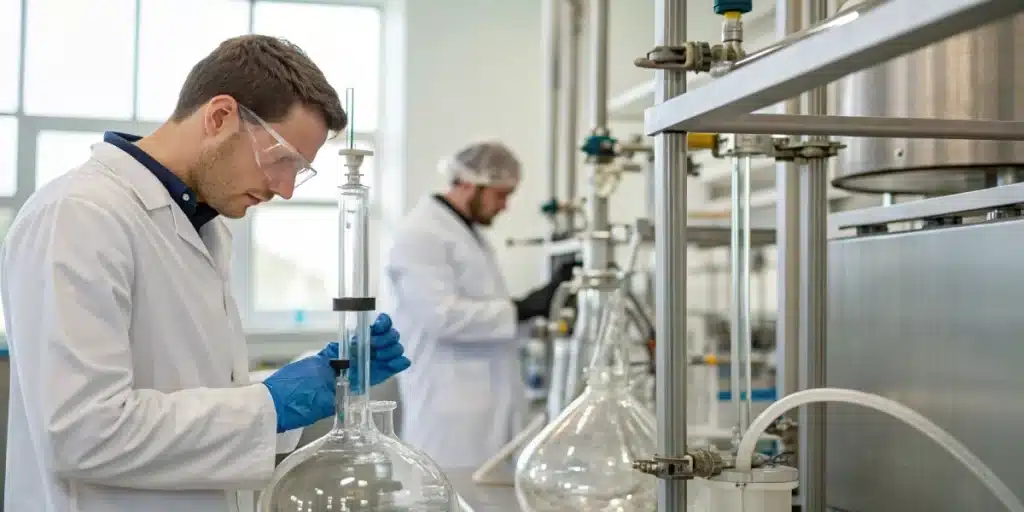
Protecting Plants: Unveiling the Secrets of Ethanol Cannabis Extraction
Basics of Ethanol Cannabis Extraction
Ethanol cannabis extraction stands out due to its ability to efficiently strip the desired compounds from the plant material. Ethanol, a polar solvent, interacts with the polar molecules in cannabis, effectively dissolving cannabinoids and terpenes while leaving unwanted compounds behind. This interaction is what makes ethanol a favored solvent, especially for full-spectrum extracts. As a bonus, ethanol is considered safe for food applications, which translates well into the world of cannabis extractions.
The process typically starts with soaking the cannabis plant material in ethanol. This step allows the solvent to bond with the target compounds. Subsequently, the mixture is subjected to various processes like filtration and distillation to separate the cannabinoids and terpenes from the solvent. The outcome is a concentrated cannabis extract that is rich in the plant’s natural components. This method is praised for its simplicity and effectiveness, making it a go-to choice for many in the cannabis industry.
Recommended Strains
Bubba Platinum
|
|
THC | 20% - 25% (Medium) |
|
|
Type | Feminized |
|
|
Yield | Medium |
|
|
Phenotype | 80% Indica / 20% Sativa |
Apples and Bananas
|
|
THC | 23% - 30% (High) |
|
|
Type | Feminized |
|
|
Yield | Low |
|
|
Phenotype | 50% Indica / 50% Sativa |
Key Steps Involved in the Process
The initial step in ethanol cannabis extraction involves selecting quality cannabis plant material. The choice of cannabis significantly affects the quality of the end product, making it a critical decision for producers. Once the material is ready, it is combined with ethanol in a controlled environment. The ethanol works to dissolve the cannabinoids and terpenes, capturing the essence of the plant in a liquid form.
After the soaking process, the mixture undergoes filtration to remove any plant solids. This step is crucial for obtaining a clean extract free from unwanted particles. The final step involves distillation, where the ethanol is removed, leaving behind the potent cannabis extract. This distillation process not only purifies the extract but also allows for the ethanol cannabis extraction to be reused, making it a sustainable option in cannabis extraction methods.
Promos & Deals
Advantages and Challenges
Efficiency and Yield
Ethanol cannabis extraction is lauded for its efficiency and high yield. The process is capable of extracting a wide range of cannabinoids and terpenes, resulting in a full-spectrum extract that many consumers prefer for its entourage effect. This efficiency not only enhances the quality of the extract but also optimizes the use of plant material, reducing waste and maximizing output.
While the yield is often high, there are challenges in maintaining consistency. Variations in plant material and extraction conditions can lead to differences in the extract’s potency and composition. Producers must carefully control each step of the process to ensure a consistent product, which can be challenging but is essential for maintaining product quality and consumer trust.
Safety and Purity Concerns
Safety is paramount in any extraction process, and ethanol cannabis extraction is no exception. Ethanol is flammable, so proper precautions must be in place to prevent accidents. Facilities must adhere to strict safety protocols, including ventilation and the use of explosion-proof equipment, to protect workers and the environment.
Purity is another concern, as residual solvents in the final product can pose health risks. However, the distillation process significantly reduces the presence of ethanol, ensuring a safer extract. Ensuring that the final product is free from contaminants is crucial, as it affects both the safety and efficacy of the cannabis extract. Rigorous testing and quality control measures are essential to meet industry standards and consumer expectations.
Process Optimization Techniques
Enhancing Extraction Efficiency
Optimizing ethanol cannabis extraction involves fine-tuning various parameters to enhance efficiency. Temperature control is one of the most critical factors; colder temperatures improve the selectivity of the extraction, minimizing the co-extraction of undesired compounds like chlorophyll. This results in a cleaner and more potent extract, appealing to both producers and consumers.
Another approach to boost efficiency is through the use of advanced filtration techniques. Implementing state-of-the-art filters can speed up the process, reduce labor costs, and improve the overall quality of the extract. Continuous research and development in extraction technology provide innovative solutions to enhance the efficiency and sustainability of ethanol cannabis extraction.
Improving Product Purity
Product purity is a top priority for both manufacturers and consumers. To achieve this, ethanol cannabis extraction processes can be refined with additional purification steps. Techniques like winterization and activated carbon filtering can further remove impurities, ensuring a superior quality extract. These steps, when combined with high-quality starting material, lead to a product that stands out in the market.
Continuous monitoring and testing throughout the extraction process are essential to maintain high standards of purity. Utilizing advanced analytical methods allows producers to detect and eliminate contaminants, ensuring that the final product is both safe and effective. The commitment to purity not only protects consumers but also enhances the credibility and reputation of cannabis brands.
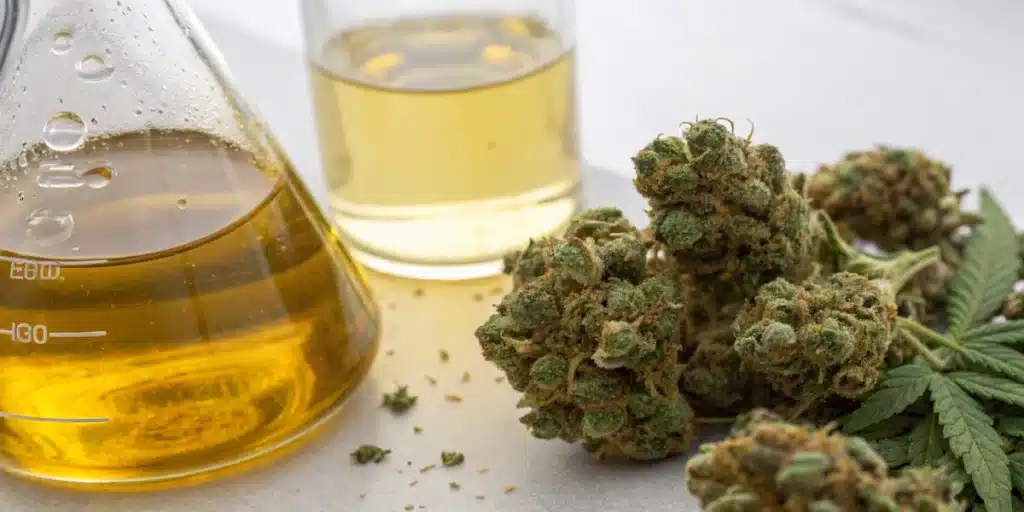
Applications and End Products
Types of Extracts Produced
Ethanol cannabis extraction is versatile, capable of producing a wide array of extracts. From full-spectrum extracts that preserve the complete range of cannabinoids and terpenes to more refined products like distillates and isolates, the possibilities are vast. Each type of extract has its unique properties and applications, catering to different consumer preferences and product formulations.
Full-spectrum extracts are particularly valued for their potential therapeutic benefits, as they harness the synergistic effects of multiple cannabinoids and terpenes. On the other hand, isolates offer the purity of a single compound, such as CBD or THC, which can be advantageous for precise dosing and formulation. This versatility makes ethanol extraction a valuable tool for cannabis producers looking to diversify their product offerings.
Uses in Various Cannabis Products
The extracts obtained from ethanol cannabis extraction serve as the foundation for a multitude of cannabis products. From edibles and tinctures to topicals and vape cartridges, the applications are nearly limitless. Full-spectrum extracts, with their rich cannabinoid profile, are highly sought after for products aimed at providing holistic therapeutic effects.
Distillates and isolates, on the other hand, are ideal for creating products that require precise control over cannabinoid content. This precision is crucial for the development of medical cannabis products, where accurate dosing is essential. The versatility and adaptability of ethanol-extracted products make them a cornerstone of the cannabis industry, driving innovation and meeting consumer demand for high-quality cannabis offerings.
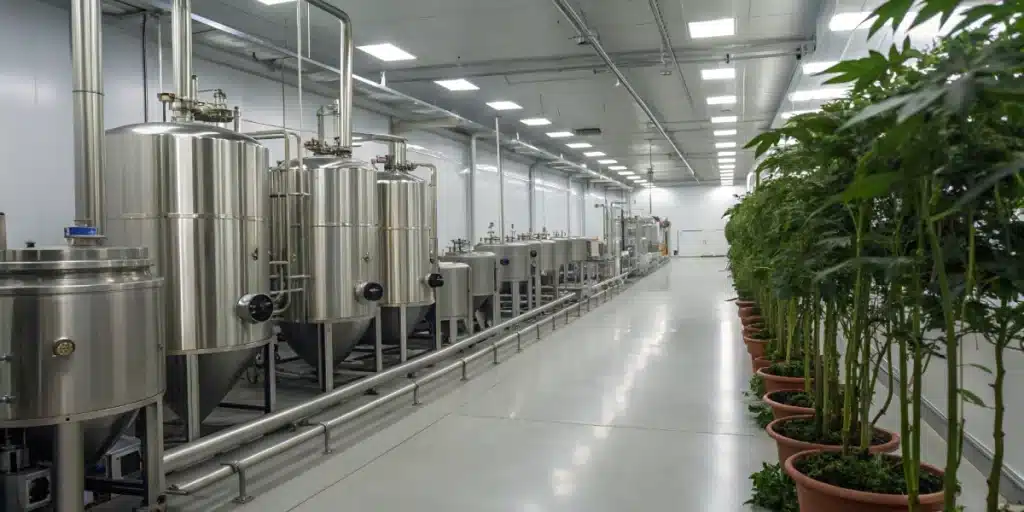
FAQs about ethanol cannabis extraction
How does ethanol extraction work for cannabis?
Ethanol extraction works by soaking cannabis plant material in ethanol, which dissolves the desired cannabinoids and terpenes. The mixture is then filtered to remove solids, and the ethanol is evaporated, leaving behind a concentrated cannabis extract. This method is praised for its ability to produce full-spectrum extracts efficiently.
What are the benefits and drawbacks of ethanol extraction?
The benefits of ethanol extraction include high efficiency, the ability to produce full-spectrum extracts, and the relative safety of ethanol as a solvent. However, drawbacks include the potential for flammability and the need for careful control to ensure product purity and consistency.
What types of products can be made using ethanol extraction?
Ethanol extraction can produce a variety of cannabis products, including tinctures, edibles, topicals, and vape cartridges. The versatility of the extracts makes them suitable for a wide range of applications, catering to different consumer needs and preferences.


